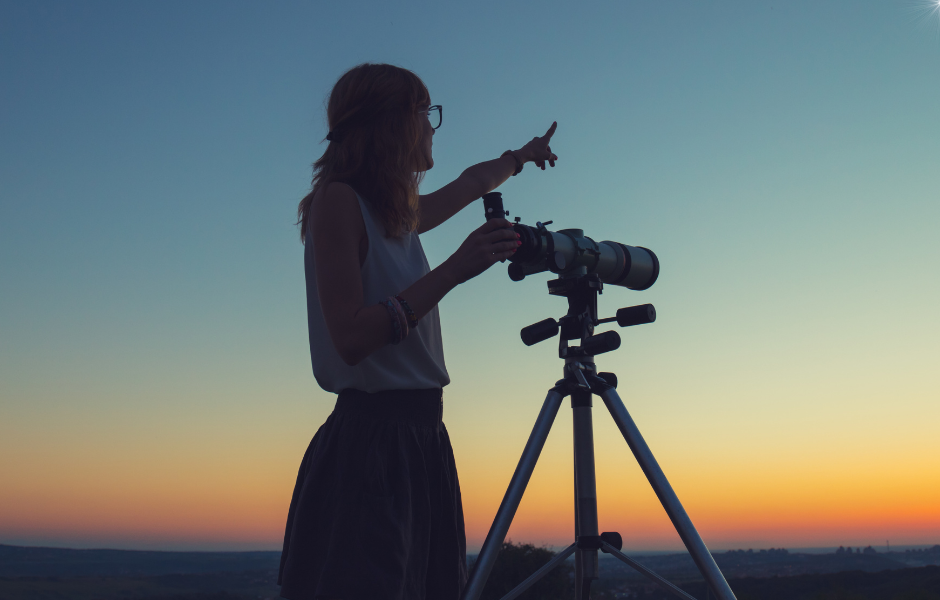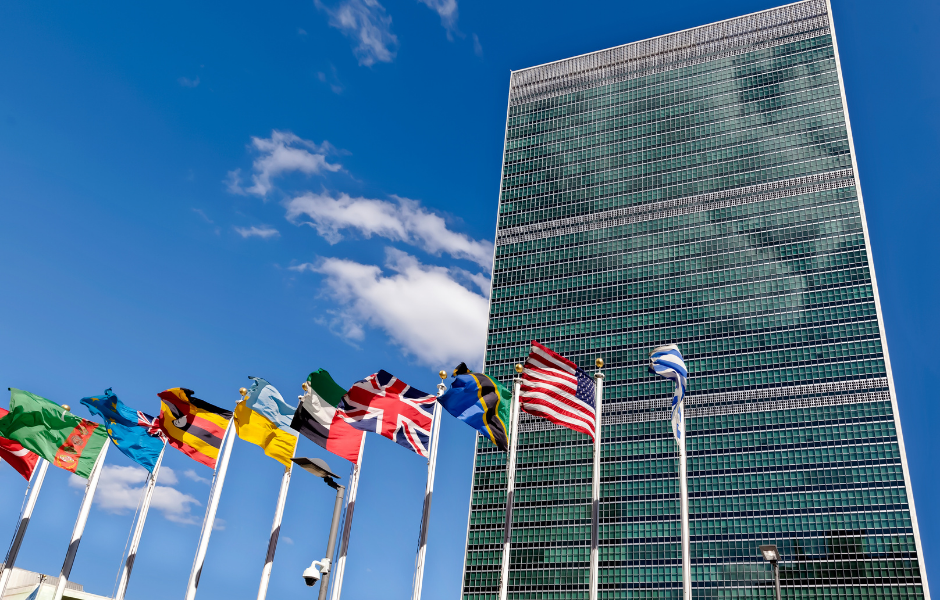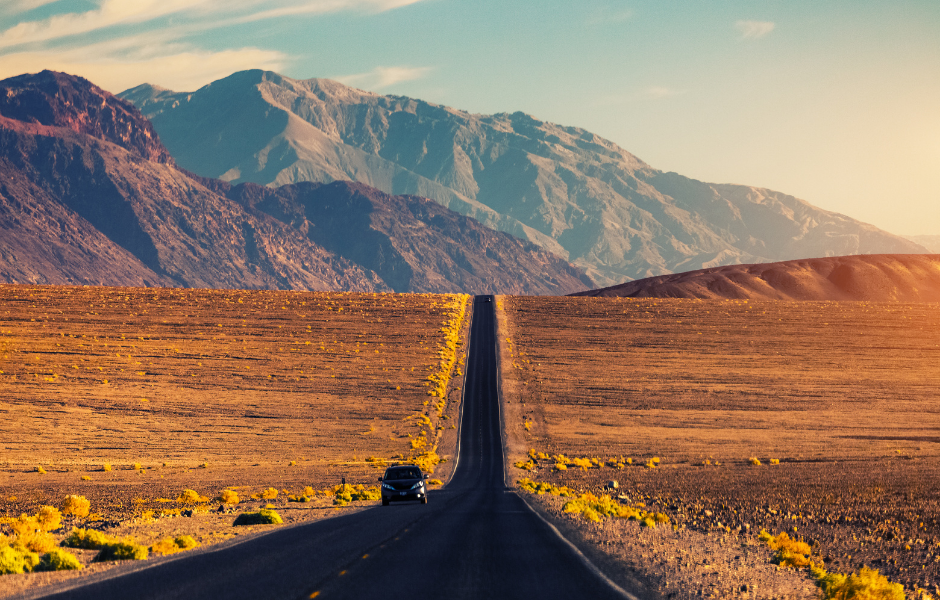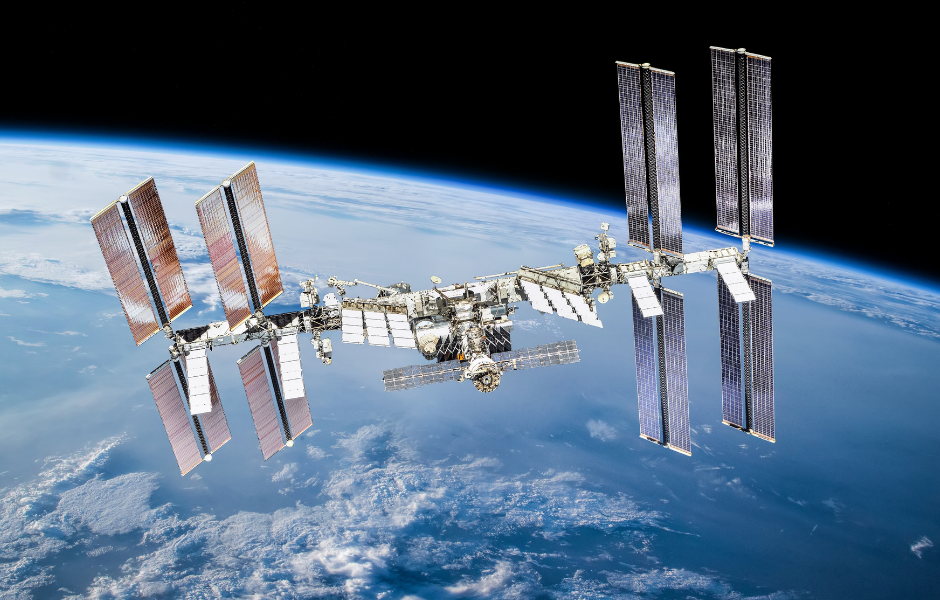
This children’s article, A kids’ guide to clean energy, and how it works, has been written for native English speakers and learners of English as a second or foreign language. It can help children practise reading and comprehension, learn useful vocabulary, and explore how clean energy helps protect the planet. Written by Sinead O’Carroll, an experienced teacher and writer.
What is clean energy?
Clean energy, also called renewable energy, comes from natural sources that do not run out and do not cause pollution while creating the energy we need. This includes sunlight, wind, water, and even heat from deep underground.
These energy sources help us power many things including homes, schools, and transport, without harming the air or adding to climate change.
While clean energy is much better for the planet than fossil fuels, it still has some impact. For example, solar panels and wind turbines need to be made, and someday they must be replaced.
That’s why scientists are also working on ways to reuse materials and reduce waste.
Types of clean energy
Solar energy comes from the sun. Special panels called solar panels turn sunlight into electricity. They can go on roofs, fields, or even space stations.
Wind energy comes from the wind turning giant blades on wind turbines. These are often found in open fields or out at sea.
Hydropower uses fast-moving water from rivers or dams to spin machines that make electricity. It is one of the oldest kinds of clean energy.
Geothermal energy comes from heat inside the Earth. Pipes carry the heat up to power homes, buildings, or even greenhouses.
Why do we need clean energy?
Fossil fuels are harming the planet. Clean energy helps reduce carbon emissions, which are gases that trap heat in the Earth’s atmosphere. This helps slow down global warming and protect nature.
Clean energy is also better for our health, because it doesn’t make our air dirty. It can even create new jobs, like building wind farms or installing solar panels.
Is clean energy always easy to use?
Clean energy can be expensive in many places, but it is starting to get cheaper and more popular.
Many countries now use it for part of their electricity, but it can still be tricky. The sun does not shine all day, and the wind does not always blow. That means we need ways to store energy or use different sources at different times.
Scientists and engineers are working on better batteries and smarter systems to help with this.
You can learn more from this clean energy guide by the United Nations

Article vocabulary list
- Fossil fuels – Energy sources like coal, oil, and gas made from ancient plants and animals
- Pollution – Dirty or harmful things in the air, water, or land
- Renewable – Can be used again and again without running out
- Solar panels – Flat surfaces that collect sunlight and turn it into electricity
- Wind turbines – Tall machines with blades that spin when the wind blows to make electricity
- Hydropower – Electricity made from moving water
- Geothermal – Heat that comes from inside the Earth
- Carbon emissions – Gases released into the air that can cause climate change
Comprehension questions
Just click the plus (+) to see the answer
1. What are fossil fuels made from?
a) Metal and wood
b) Ancient plants and animals
c) Clean water and air
Answer: b) Ancient plants and animals
2. Which of these is NOT a type of clean energy?
a) Solar power
b) Coal power
c) Wind power
Answer: b) Coal power
3. What do solar panels do?
Answer: They collect sunlight and turn it into electricity.
4. Where does geothermal energy come from?
a) The ocean
b) Deep inside the Earth
c) The clouds
Answer: b) Deep inside the Earth
5. Why is clean energy better for the planet?
Answer: It reduces pollution and carbon emissions.
6. What is one problem with clean energy?
Answer: The sun and wind are not always available, so energy needs to be stored.
Sinead is a writer and EFL teacher with eight years’ experience. She’s a native English speaker who loves making news stories fun and easy to understand for children around the world. Her passions include travel, animals, and helping to make the world a kinder, more sustainable place.




